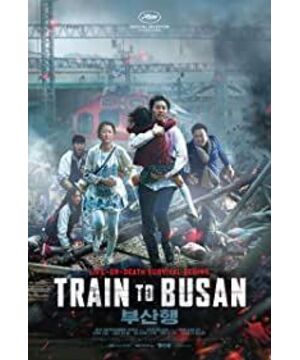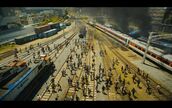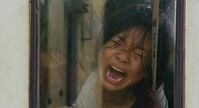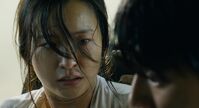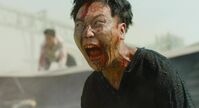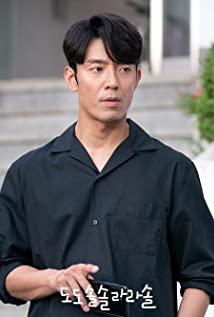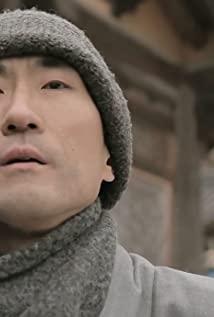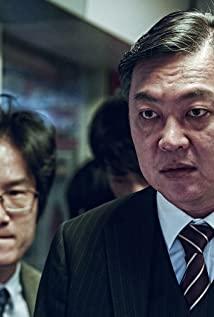If you think about it carefully, "Train to Busan" may be a zombie movie that truly belongs to oriental culture. Although the movie draws lessons from some American zombie movies in many respects, it is also full of elements from Asian culture, such as more sophistication and more penetrating portrayal of human nature.
The so-called reference is also a few principles shared by all zombie movies. Zombie movies in modern pop culture originated from "Night of the Living Dead" in 1968 by George A. Romero, the father of zombie movies. This movie set a few general rules for all subsequent zombie movies, and it has been used to this day. It can be said to be the "three laws of robots" in the zombie world.
First of all, zombies usually come back to life due to some unknown reason. They have no consciousness or thinking ability, and rely entirely on instinct to survive. Their only instinct is to eat human flesh. Second, zombies will be infected, and humans who have been bitten will quickly become zombies. ; In the end, zombies don't die, and the only way to incapacitate zombies is to headshot or burn them.
Therefore, in zombie movies, it is unavoidable that there are many similar scenes. For example, hordes of zombies move slowly and closely surround humans; after humans are bitten, they are still companions one second, and the next second they pounce on their lovers and bite each other to death; and zombies in various twisted postures, fractured and broken Broken hands and the like. This is all due to the characteristics of "things" like zombies.
However, unlike most zombie movies, everyone is struggling to get a little hope of survival, and there is no savior in the absolute sense. In many horror thriller movies, there is always an absolute savior. As long as he appears, all problems will always be solved in the end.
And all the characters in this movie, including the protagonist, have no so-called halo, and everyone is equally at a loss when faced with a sudden "unknown situation". All the people, including the government and the army, failed to understand what zombies were in the end, and even thought it was just a violent demonstration by the masses at the beginning.
So all the choices they made under this situation are understandable. As the actor said to his daughter at the beginning of the movie: in extraordinary times, you are the most important. And what his daughter did was the mutual help advocated in a civilized society. These two very different, but both comprehensible ideas are at the heart of the film, and everyone makes their own choices between the two.
Like other zombie movies, this movie also does not explain in detail the causes and consequences of the appearance of zombies, but explains several key figures at the fastest speed, and immediately enters the highlight of the zombie outbreak. The woman who brought the zombie virus on the train is played by the famous Korean actress Shen Eun-kyung, who is also the heroine of the director's other animated film "Seoul Station". This can be regarded as a little egg.
Because "Seoul Station" is also the prequel work of this film, which tells the story that happened the night before "Train to Busan". The zombie virus enveloped Seoul Station as night fell, passersby turned into an army of zombies, and the whole city fell. A teenage girl forced to be a prostitute and her only remaining friend to pay off her debts, realize they have nowhere to go, and become the target of hostile attacks from the police and the government.
The origin of the film "Train to Busan" was also because the first cut version of "Seoul Station" surprised Korean film distributors, and the idea of shooting a live-action film was born. The two movies are connected before and after. The girl wandered around Seoul Station for a night, eventually became a zombie, and boarded the train bound for Busan, and a new story began.
A fast-moving closed train, a group of fast-moving zombies, and a group of humans who survived the disaster, all of them are forced to make their own choices between self-rescue and rescue. Based on this, the film deliberately divides human beings into three parts, one part is self-serving to protect themselves, the other part is the old and young, sick and pregnant, and the people in need of help, and the last part is the key protagonist trio of the movie.
The climax of the whole movie should be the protagonist trio who have to travel through 4 carriages to save the young and the sick and pregnant. They staged a very exciting offensive and defensive battle between humans and zombies in this closed train. Basically, it can be said that it is a tactical model for humans to fight against zombies without guns. Everyone should observe and learn more to prevent accidents.
First of all, they are very good at using the partitions and glass doors between the carriages, and secondly, they are smarter to discover the weakness that zombies can only judge the position by sound in the dark, in addition, they only have fists , a bat, a shield, and a fearless heart to save a loved one.
In stark contrast, there are the group of selfish people. Among them, the executive is the most obvious. In order to save his own life, he first disregarded the lives of others, and finally developed to indirectly kill others. Especially when he pushed the high school girl into a zombie, he was outraged, thinking that it would be great if the girl who turned into a zombie stood up and ate him first.
The ultimate horror movie is the horror of the human heart. In this movie, zombies are scary, but even more scary is the selfish heart of the crowd, their best efforts when closing the door to prevent others from entering, and the vicious words when they drive them away.
As the high school girl in the movie says: it's more scary here.
This article was first published in Barcelona Film, please contact for reprint.
View more about Train to Busan reviews


